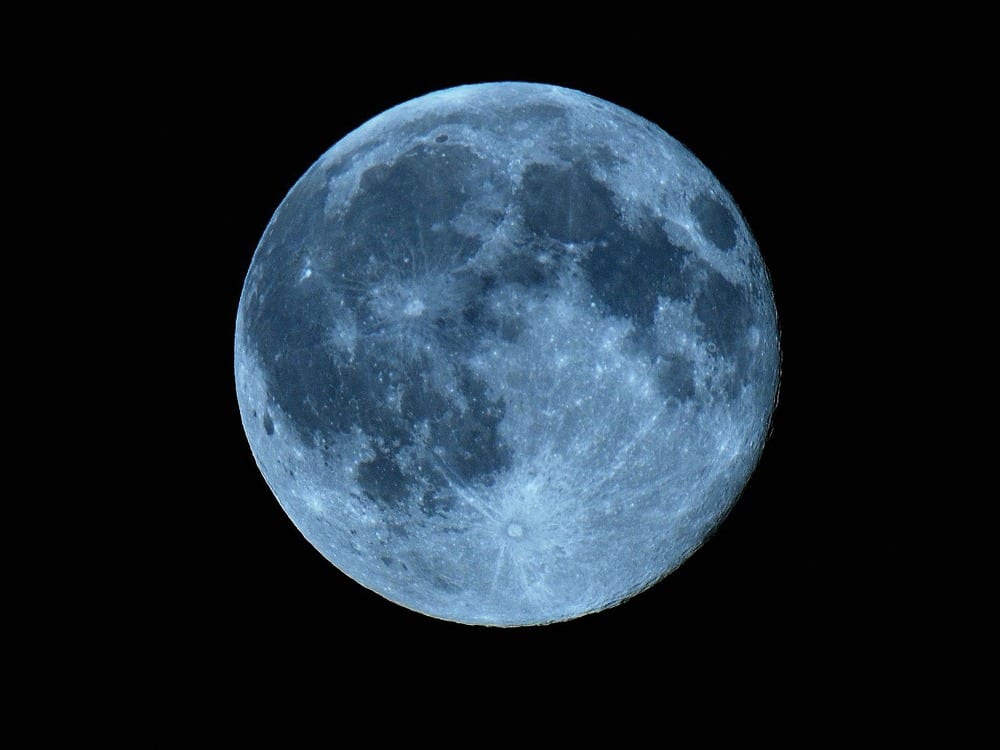Tony Hersh of Newbury Astronomy Society explains more about what we can see in the skies above us this month.
This month we have a supermoon visible from the UK! The moon is in a slightly elliptical orbit around the Earth so varies in its distance from us. On Tuesday, 19th February, it is at its closest distance, some 356,846 kilometres away and it will appear 14% bigger and 30% brighter compared to a full moon when it’s most distant from Earth (406,700 km).
But 14% isn’t a huge amount bigger so don’t expect a sight vastly different from usual. This month is a good time to see Venus and Saturn, which appear very close to each other and near the moon at 6am on Monday, 18th February.
Object of the month
All stars are created and work the same way. Vast clouds of gas (mostly hydrogen) in the universe, gradually coalesce into spheres of material. The rate of coalescing speeds up as the mass increases and gravity attracts more and more material together. After mass of hydrogen exceeds a vast but specific quantity (2.5 with 28 zeroes after it kilograms!), the pressure in the centre is so huge temperatures reach 10 million degrees Centigrade and nuclear fusion starts. It’s the nuclear fusion, combining the hydrogen into helium, that releases the energy making stars shine. Stars vary enormously in size and temperature, some being much heavier, fusing hydrogen much faster and so being hotter and blueish in colour, others have lower mass and have slower fusion reactions so are cooler and appear reddish in colour.
Find out more at Newbury Astronomical Society’s monthly meetings.
![]() Visit www.newburyastro.org.uk. Email any questions to [email protected]
Visit www.newburyastro.org.uk. Email any questions to [email protected]











Comments